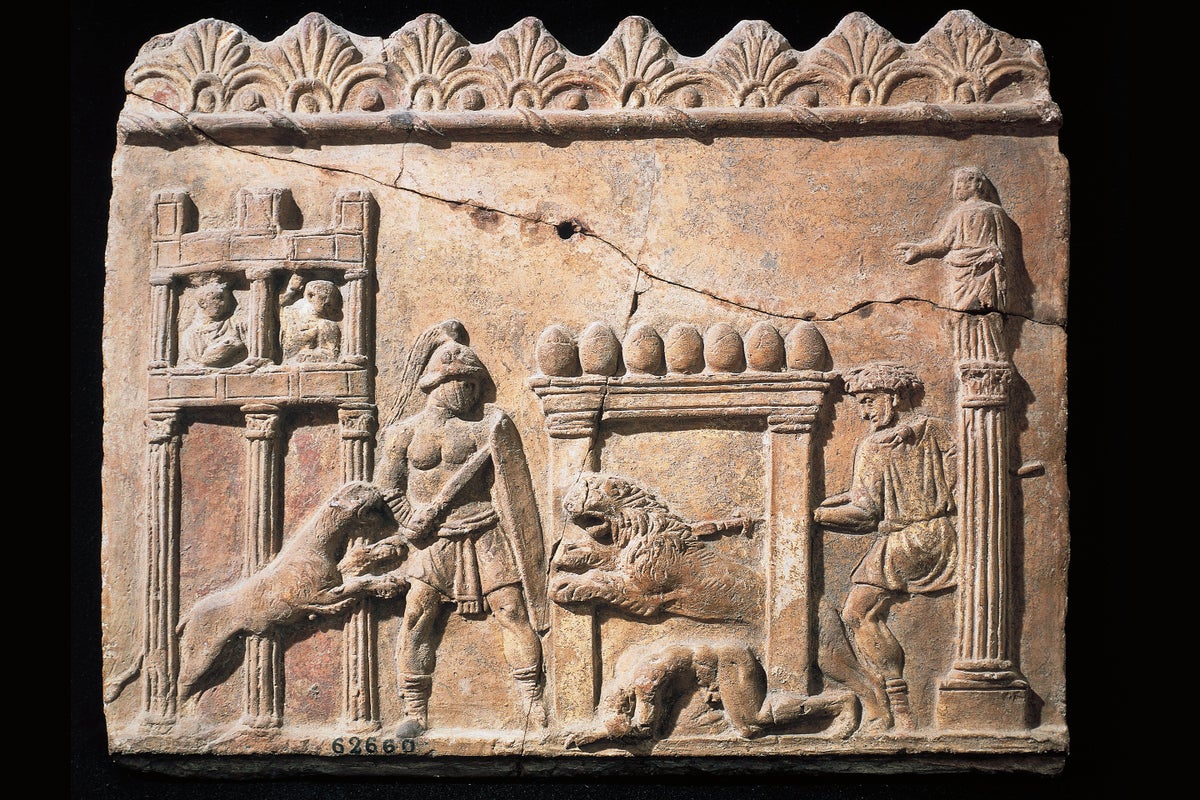
"The recent discovery of a gladiator's remains with a lion-sized bite mark offers rare physical evidence of human-animal combat, shedding light on ancient gladiatorial events."
"For centuries, the documentation of gladiatorial games largely relied on illustrations and texts, leaving archaeologists desperate for tangible proof until now."
"Tim Thompson's examination of a unique skeleton uncovered in York reveals vital information, finally connecting historical narratives of gladiators with empirical archaeological evidence."
"This finding could reshape our understanding of how gladiators were involved in brutal beast hunts, previously thought to be fictional exaggerations of Roman culture."
Archaeologists have uncovered the first physical evidence of gladiatorial combat with animals, specifically a lion-sized bite mark from a skeleton found at a suspected gladiator burial site in York, England. This significant finding, published in PLOS One, helps confirm what was once solely depicted through illustrations and text records of Roman gladiatorial events. Forensic anthropologist Tim Thompson and his team studied this unique skeletal injury, bridging the gap between ancient narratives and physical evidence of the brutal battles that gladiators faced, including encounters with predatory beasts.
Read at www.scientificamerican.com
Unable to calculate read time
Collection
[
|
...
]